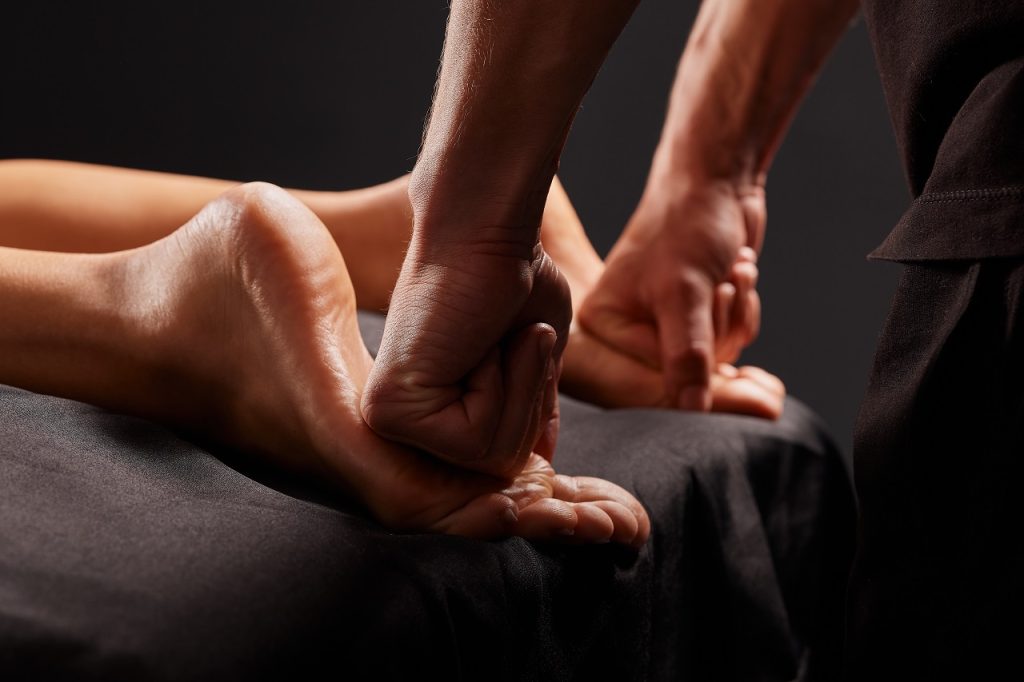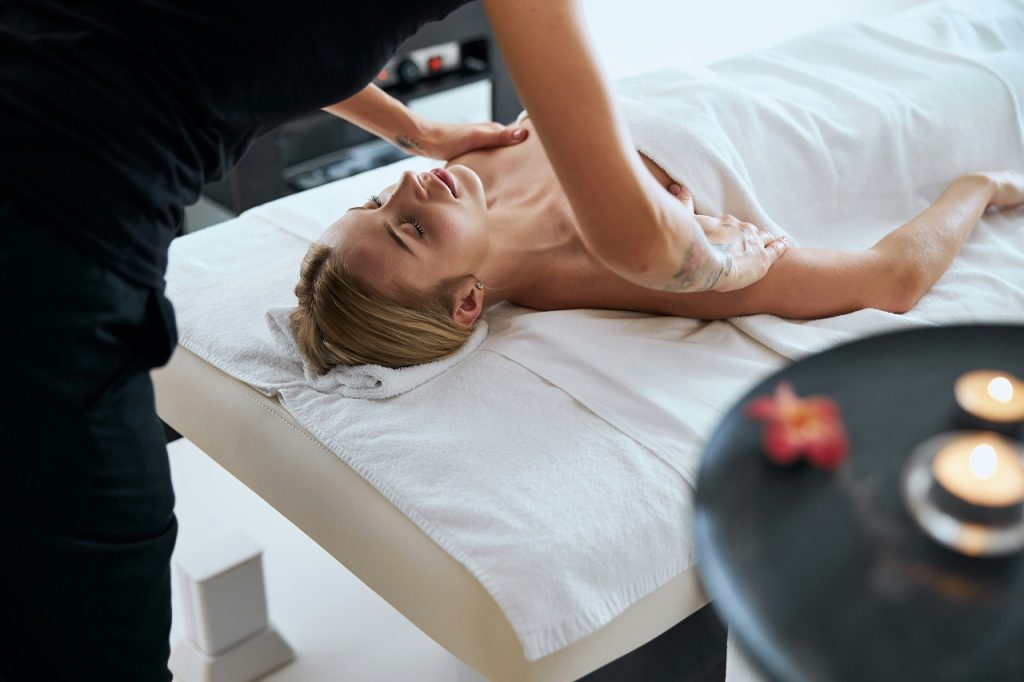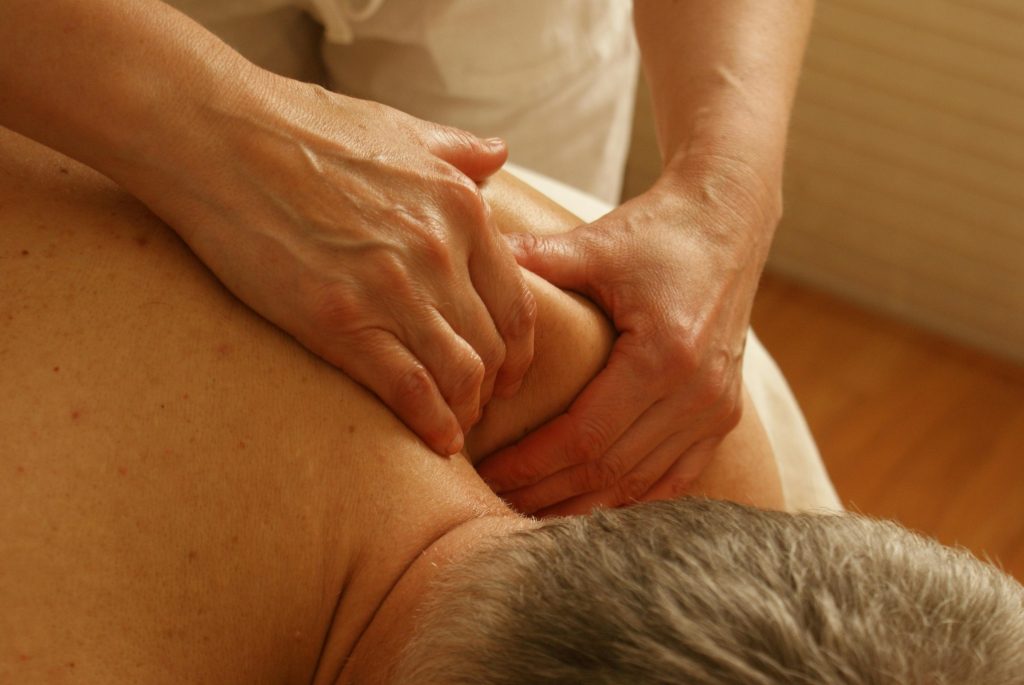At La-Moon Thai Massage, we pride ourselves on providing a wide range of massage services to cater to the diverse needs of our clients. One of our most popular and effective therapies is Deep Tissue Massage, which is specifically designed to target chronic muscle pain, reduce stress, and improve flexibility. Deep Tissue Massage is an excellent choice for those seeking long-lasting results and a higher level of pressure than traditional relaxation massage.
In this article, we will explore what makes Deep Tissue Massage unique, how it differs from other massage techniques, and the numerous physical and mental health benefits that can be achieved through this powerful therapy. By understanding the principles and techniques behind Deep Tissue Massage, you can make an informed decision about whether this treatment is right for you. Our skilled therapists at La-Moon Thai Massage are dedicated to providing the most effective and personalised Deep Tissue Massage experience, ensuring that each session addresses your specific needs and concerns.
Take the first step towards experiencing the transformative power of Deep Tissue Massage by booking your appointment at La-Moon Thai Massage today. Our team of highly experienced therapists is ready to help you unlock new levels of relaxation, healing, and vitality with this powerful, results-driven treatment.
Deep Tissue Massage vs. Other Massage Techniques
One common question we often encounter is how Deep Tissue Massage differs from other popular massage techniques. While each method has its unique set of benefits and approaches, there are a few key differences that set Deep Tissue Massage apart, namely in terms of pressure and focus:
1. Swedish Massage: Often seen as the most well-known massage style, Swedish Massage utilises long, flowing strokes and gentle kneading to promote relaxation and stress relief. In contrast, Deep Tissue Massage applies more deliberate strokes and deeper pressure to relieve tension in the underlying muscle layers.
2. Hot Stone Massage: While hot stone massage also aims to relax and alleviate muscle tension, it incorporates heated stones as a tool to deliver warmth and soothe the muscles. On the other hand, Deep Tissue Massage focuses on direct pressure and manipulation of the muscles, without the use of additional tools or heat.
3. Sports Massage: Like Deep Tissue Massage, sports massage is designed to relieve tension and improve athletic performance. However, sports massage targets specific muscle groups relevant to an individual’s sporting activities, while Deep Tissue Massage can address various areas of chronic tension throughout the body.
Techniques Used During a Deep Tissue Massage Session
Several specialised techniques are utilised during a Deep Tissue Massage session to effectively target and release muscle tension. Some of these techniques include:
1. Stripping: Long, slow strokes using the thumbs, knuckles, or elbows to apply deep pressure along the muscle fibres, breaking down adhesions and encouraging blood flow.
2. Friction: The therapist applies pressure in a perpendicular direction to the muscle fibres using fingers or thumbs, further breaking down knots and tension.
3. Trigger Point Release: By applying sustained pressure on specific tight spots or “knots” in the muscles, therapists can help release these areas of tension and alleviate pain.
4. Stretching: Incorporating assisted stretches into Deep Tissue Massage sessions can further improve flexibility, enhance muscle function, and increase range of motion.
What to Expect During Your Deep Tissue Massage Session
When participating in a Deep Tissue Massage session at La-Moon Thai Massage, you can expect to receive focused, tailored care based on your specific needs and concerns. Before the session begins, your therapist will discuss your goals, areas of tension, and any existing medical concerns to ensure the best possible outcomes.
During the massage, a combination of techniques will be employed, utilising slow strokes and deep pressure to target areas of chronic tension. Due to the more intense nature of Deep Tissue Massage, some discomfort may be experienced. It’s crucial to communicate openly with your therapist, who can adapt their techniques to ensure a comfortable and enjoyable experience.
Following a Deep Tissue Massage, it’s normal to feel some mild soreness or stiffness. To facilitate recovery and enhance the benefits of your massage, it’s essential to drink plenty of water, stretch if necessary, and rest.
Integrating Deep Tissue Massage into Your Wellness Routine
The benefits of Deep Tissue Massage can be maximised when incorporated into a consistent wellness routine. By regularly engaging-in this type of massage, you can experience ongoing relief from chronic discomfort, increased flexibility, and improved overall well-being.
A few tips to help you integrate Deep Tissue Massage into your wellness routine include:
1. Schedule regular sessions: Aim to book Deep Tissue Massage appointments every 2-4 weeks, depending on your level of pain and daily activity. This consistency helps maintain muscle health and prevent tension from building up over time.
2. Communicate with your therapist: Keeping an open line of communication with your therapist is key. Inform them of any changes in your pain levels, daily activities, or other relevant factors that could impact your treatments.
3. Combine with other therapies: Deep Tissue Massage can be most effective when combined with other therapies, such as stretching, yoga, or targeted exercise programs. Speak with your therapist about integrative approaches that may best suit your individual needs.
Conclusion
Deep Tissue Massage offers a powerful solution to alleviate chronic pain, reduce stress, and promote muscle function. By scheduling regular sessions at La-Moon Thai Massage, you can tackle the root causes of your discomfort and embrace a greater sense of overall well-being. Experience the life-changing benefits of this potent treatment by booking your appointment with La-Moon Thai Massage today – your body and mind will thank you for it.



